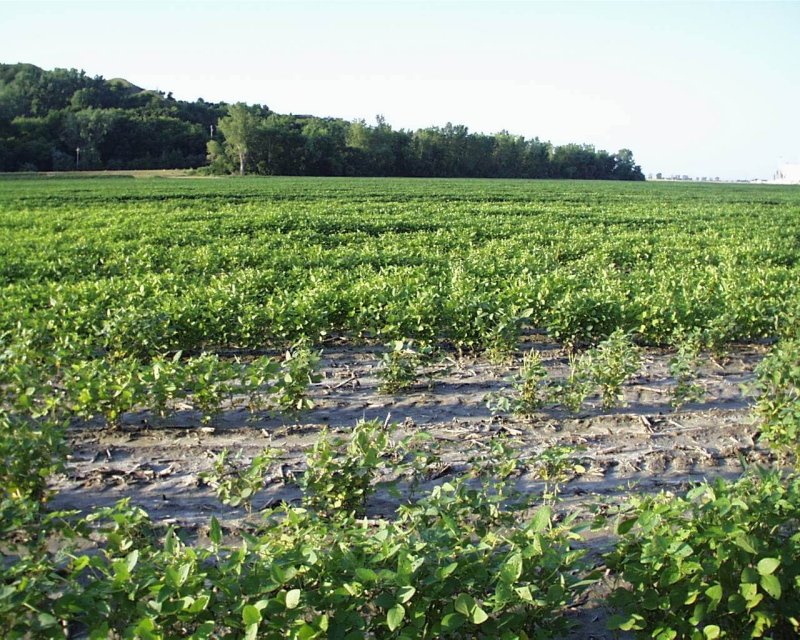Iowa State University researchers overcame the quirks of the soybean cyst nematode’s DNA to sequence its genome, paving the way for better management practices to combat the No. 1 pest that threatens Iowa soybeans….
Soybean cyst nematodes are parasitic roundworms that infect the roots of soybeans and can devastate yields in infected fields. Nematode populations build up in fields and stay for years, meaning infested acres become a perennial management concern for farmers.
Crop breeders have studied genes in soybeans that can boost their resistance to the nematodes, but sequencing the nematode genome fills in important gaps in science’s understanding of these pests that had remained stubbornly blank for years, said Thomas Baum, senior author of the study and Charles F. Curtiss Distinguished Professor and chair of plant pathology and microbiology.
…
Having a fully assembled genome on hand will make it possible for scientists to compare different nematode populations at the gene level. When the nematodes infect a soybean plant, they battle with the soybean’s natural defenses. The genome can help plant breeders understand how the nematodes manage to override the soybean’s defenses.
“This helps us to understand the basic pathology of the worm,” Baum said. “Now we can see both sides of the arms race, both the offense and defense.”
Read full, original article: ISU scientists overcome repetitive DNA to sequence the genome of devastating soybean pest































